Your Cart is Empty
free shipping on orders above $99
Menu
-
- Shop
- Product Support
- Media
- Product Registration
- About Us
-
- 1-877-245-9113
- Login
-
United States (USD $)

free shipping on orders above $99
Duck Calling - Intermediate Level
Comeback Call
This call is used to get ducks to do just what the name implies - to turn around and come back when they are leaving. It is a series of fast quacks that are repeated until the ducks either turn and come back your way or they leave. Think of it as a pleading call by which you are saying "Pleeeease, please, please, come back over here with us" with a little urgency. In the call, it goes like this: Quit, quit, quit, quit, quit, quit, quit, quit, quit, quit, quit, quit. Again, make sure you cut each note off sharply to make each "quack" a distinct note, not running them together.
Hail Call
This long-distance greeting is used when you need to get the attention of high flying ducks or ducks at a greater distance from your set-up. The hail call is done by putting together a 10-12 quack series that starts loud and descends smoothly throughout the series to the end. Kind of like this: QUIT, QUIT, QUIT, QUIT, Quit, Quit, Quit, Quit, Quit, quit, quit, quit. Make sure you cut off each note sharply and doesn’t sound like a laughing duck. Using your tongue to cut off each air flow is a foundation for good duck calling mechanics, so make the effort to perfect it each time you practice.
Lonesome Hen
This is the clincher. You've turned the ducks and they are circling your spread trying to decide if they should land with your decoys. You will be talking dirty to them with the Lonesome Hen call. This is the call you will use to finish the deal. It is a series of quacks that goes like this: Quuuiiit, Quuiit, Quit, Quit, Quit, Quit. Drag the first two notes as if to beg or plead, like a boss hen that really wants a new group of ducks to join her. As always, use sharp crisp notes all the way through.
Standard Feed Call
One call that all duck hunters want to master is the feed call, but few spend the time to get the mechanics right and listen to the sounds that ducks actually make. There are a few versions of a feed call, but you should get started with the basic sounds feeding ducks make while they are resting on the water. To get started with the Feed Call, make the shortest burst of air into the call that you can by building pressure behind your tongue with it against the roof of your mouth and letting just a little go and then shutting it off quickly. Try to say “Tick Tock”, just like a clock, into the call. Then learn to say “Tick, Tick, Tick, Tick”. This will sound like ducks feeding on the water and can be used in sequence after the Lonesome hen.
Next Step: Duck Calling - Advanced Techniques
Subscribe
Sign up to get the latest on sales, new releases and more …

Closed for the Holidays
ANY order placed after 12:00 PM CST on December 23, 2025 WILL NOT ship until January 5, 2026.
Regular business hours will resume on January 5, 2026.
Merry CHRISTmas and Happy New Year!
